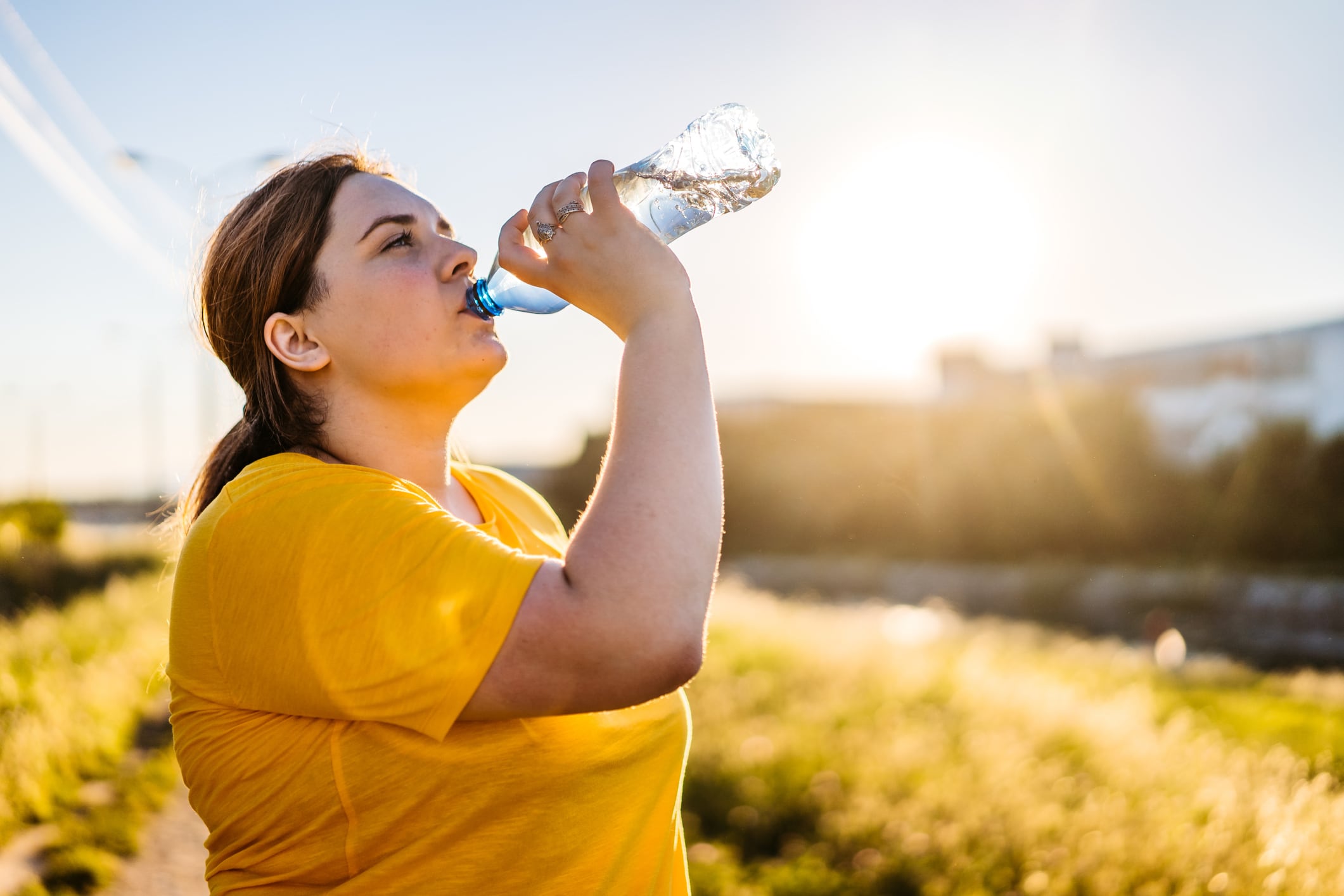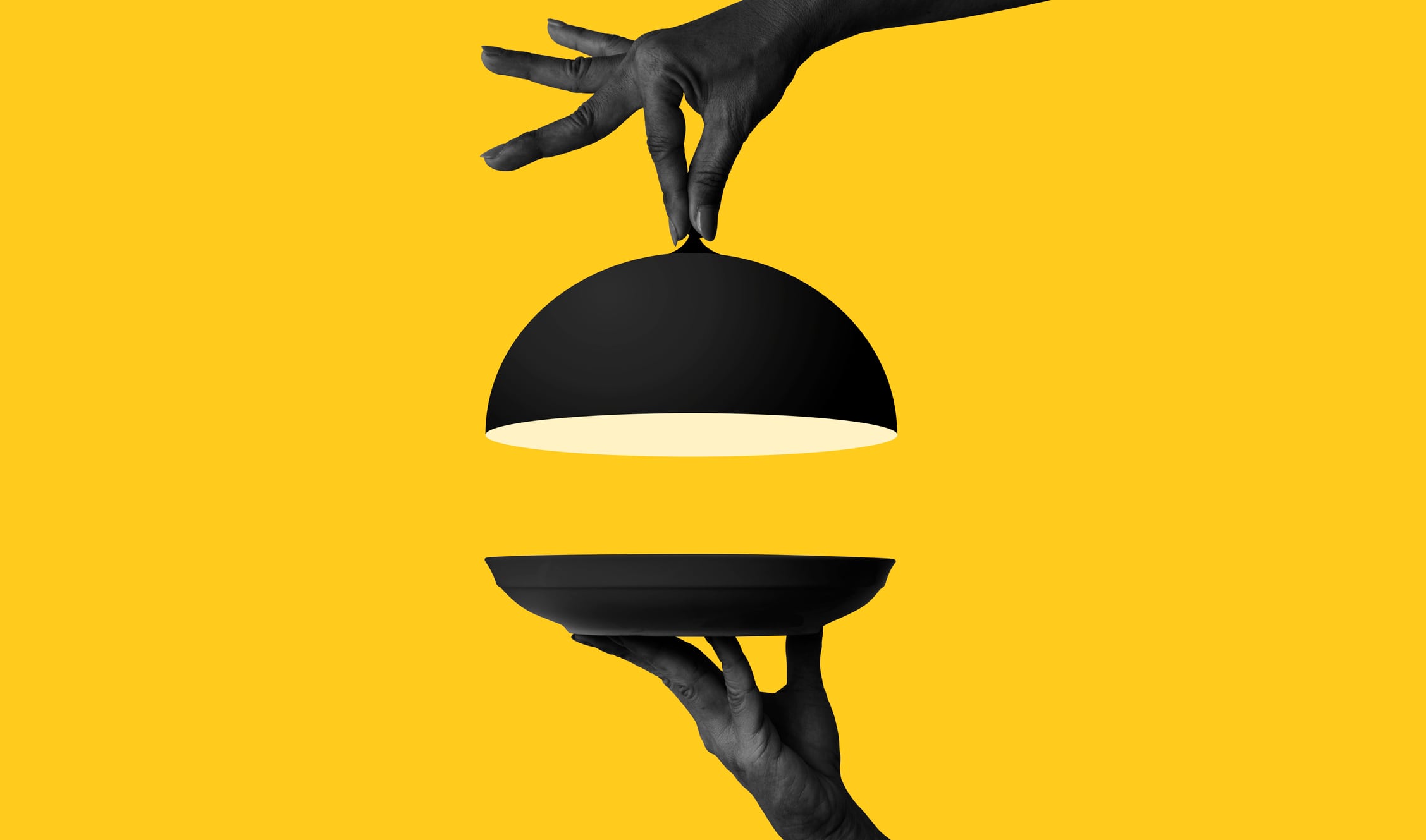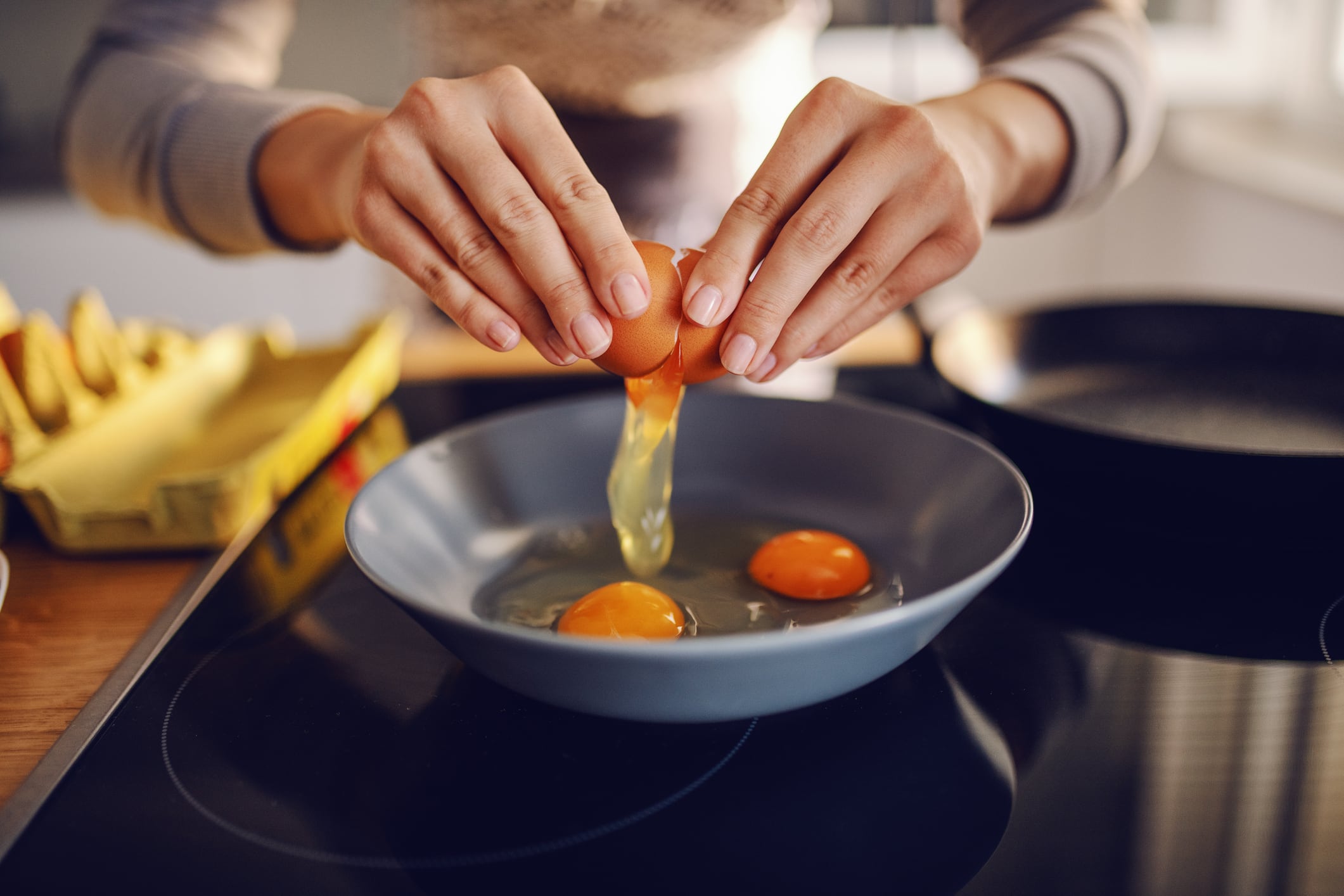Over the past few weeks, heatwaves have gripped the European continent. Many countries, including Spain, Germany and the UK, have seen the hottest day of the year in the past week.
In times like these, there is one thing consumers need, even more than a spot in the shade – to keep hydrated. It is important that manufacturers are able to offer them multiple hydration options.
While rehydration is often most important for athletes, whose living requires they work up a sweat on a daily basis, in the current weather all consumers need to keep a close eye on their fluid levels, to ensure that they remain healthy.
What ingredients can manufacturers use to capitalise on hydration needs?
Water
Water is the obvious choice. We need water in the body for a variety of reasons, and drinking it is the most direct way of combatting dehydration.
The bottled water market benefits enormously from water’s hydrating function. Globally, the bottled water market value surpassed $302bn (€257bn) in 2022, and is expected to reach an estimated $503bn by 2030 (Precedence Research).
While most drinks contain some water, not all drinks are hydrating. Some, such as those that contain alcohol or caffeine, can actually lead to dehydration. This is because they are diuretics, and cause the body to actually expel water.
It’s not just liquids, however. Foods with a high water content, such as watermelons, cucumbers, tomatoes, strawberries, and kiwis, all have enough water to have a significant effect on hydration.
Electrolytes
Electrolytes are charged particles which aid in hydration, and often come from salts. They do this by conducting the electricity in water, dissolving into positive and negative charges.
Electrolytes control the flow of water in our cells and nerve impulses in our bodies. Water follows electrolytes, causing it to flow to the cells that need it most. Essentially, electrolytes regulate the fluid content in our bodies, which means that they make hydration more efficient.
There are a number of different electrolytes, including sodium, potassium, calcium, chloride, magnesium, bicarbonate and phosphate, which can be found naturally in a wide range of foods.
The global electrolyte drinks market is already massive. In 2023 it was worth $1.68bn globally, and is expected to reach £2.78bn by 2033, growing at a CAGR of 5.18% between 2024 and 2023 (The Brainy Insights).
They are also present in electrolyte drinks. For example, Suntory-owned Lucozade contains sodium, the electrolyte lost from sweating.
Glucose can enhance the effect of electrolytes. According to the US’s National Library of Medicine (NIH), it has been found useful in both preventing dehydration and causing rehydration, in combination with electrolytes, particularly sodium. It does this by making the absorption of fluids easier.
Glucose is indeed sometimes found in products, such as electrolyte drinks, which have the specific purpose of rehydration.
Milk
There is some evidence that milk is even better than water at combatting dehydration.
Several studies between 2007 and 2016 compared how much participants were hydrated by milk compared to other drinks, including water and Coca-Cola Company-owned Powerade. In all three studies, milk came out on top, even beating water.
However, Harvard Health criticises these findings, suggesting that the sample sizes are too small, and that the advantage milk shows is, in all three studies, measured over too short a period of time to be meaningful.
The potential exists for this ability to hydrate to be a good selling point for consumers, although the dairy industry must ensure these claims are accurate.
All these ingredients can be incorporated into a variety of products to increase their hydration potential – an important thing during the heights of summer.





